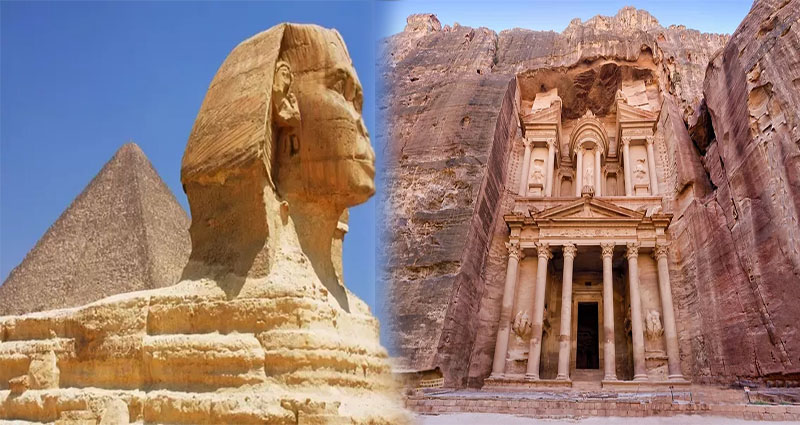The architectural wonders of ancient historical monuments stand as testaments to the innovative and visionary craftsmanship of civilizations that have long since passed. Each monument reflects the unique architectural styles and techniques of its era, serving as a window into the cultural, religious, and technological advancements of ancient societies. Here, we delve into the diverse architectural styles that define some of the world’s most iconic historical monuments.
Colosseum, Rome, Italy
The Colosseum embodies the grandeur and sophistication of Roman architecture, showcasing arches, columns, and a tiered seating structure that became defining features of the Roman Empire’s building style. This amphitheater’s innovative use of arches and concrete construction techniques set the standard for future architectural endeavors.
Parthenon, Athens, Greece
The Parthenon, a temple dedicated to the goddess Athena, epitomizes the classic Greek architectural style characterized by Doric columns, a pediment, and intricate friezes. The temple’s symmetrical design and use of optical refinements demonstrate the Greeks’ mastery of proportion and balance in their architectural principles.
Great Pyramid of Giza, Egypt
The Great Pyramid of Giza reflects the ancient Egyptian architectural style, known for its monumental scale, precision engineering, and use of limestone and granite. The pyramid’s sheer size and perfectly aligned geometry showcase the Egyptians’ advanced knowledge of mathematics and structural design.
Taj Mahal, India
The Taj Mahal is a marvel of Mughal architecture, fusing Persian, Islamic, and Indian influences to create a symmetrical and ornately decorated mausoleum. Its distinctive use of white marble, intricate calligraphy, and geometric patterns reflects the elegance and opulence characteristic of Mughal architectural style.
Angkor Wat, Cambodia
Angkor Wat represents the pinnacle of Khmer architectural achievement, featuring intricate bas-reliefs, towering spires, and expansive courtyards. The temple’s unique blend of Hindu and Buddhist iconography and its massive moat showcases the Khmer civilization’s engineering prowess and cultural intricacy.
The Great Wall of China, China
The Great Wall of China is a prime example of the defensive architectural style, characterized by massive stone and brick fortifications with strategic watchtowers. Its impressive length and strategic design emphasize the ancient Chinese mastery of defensive engineering and construction.
Through these architectural examples, we witness the breadth and diversity of ancient architectural styles, each serving as a reflection of the artistic, cultural, and technological achievements of its time. By preserving and studying these monumental structures, we gain invaluable insights into the rich history and unparalleled ingenuity of the civilizations that built them.










